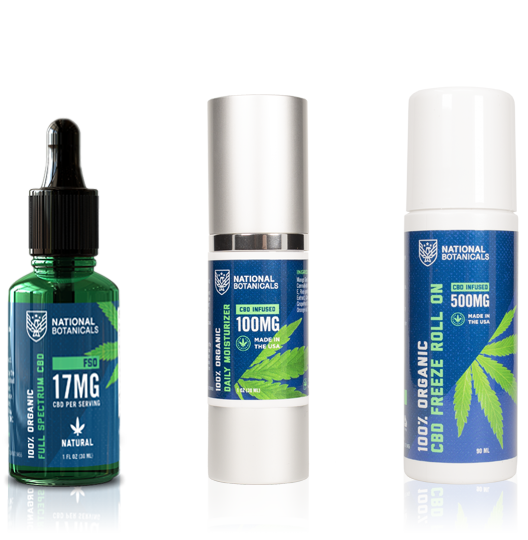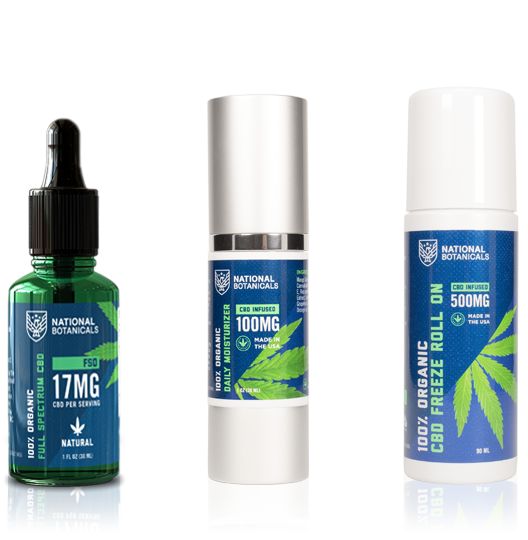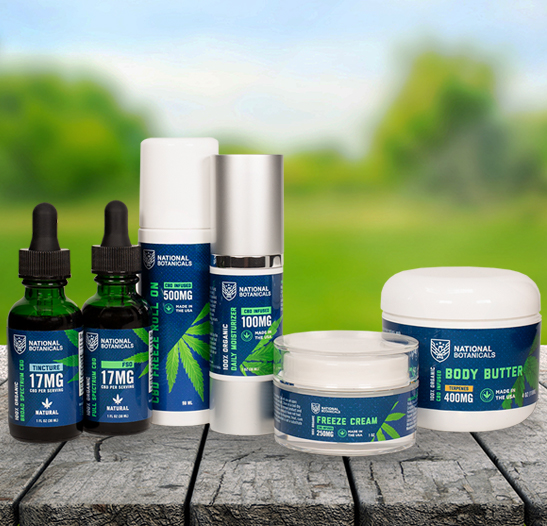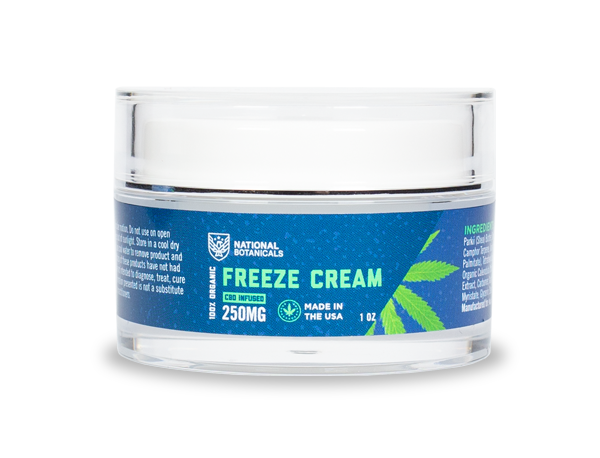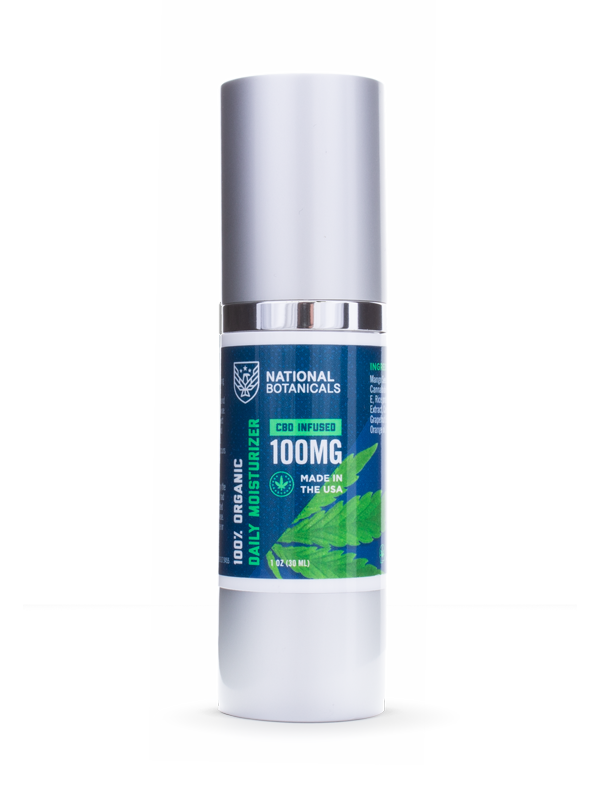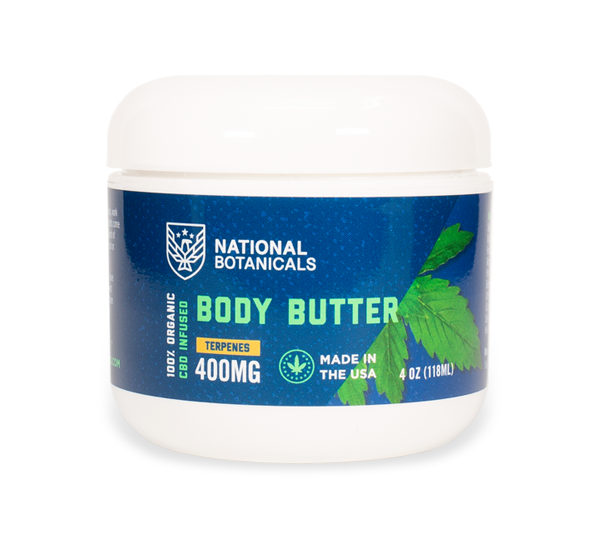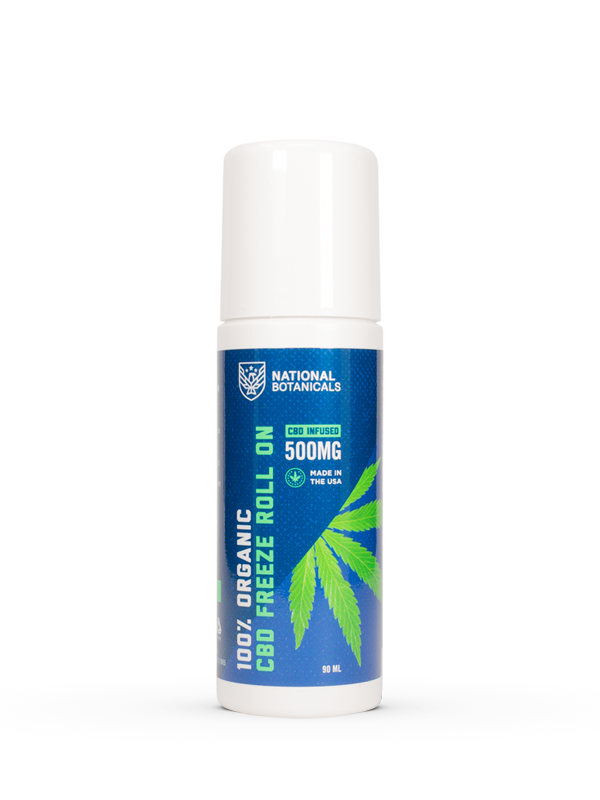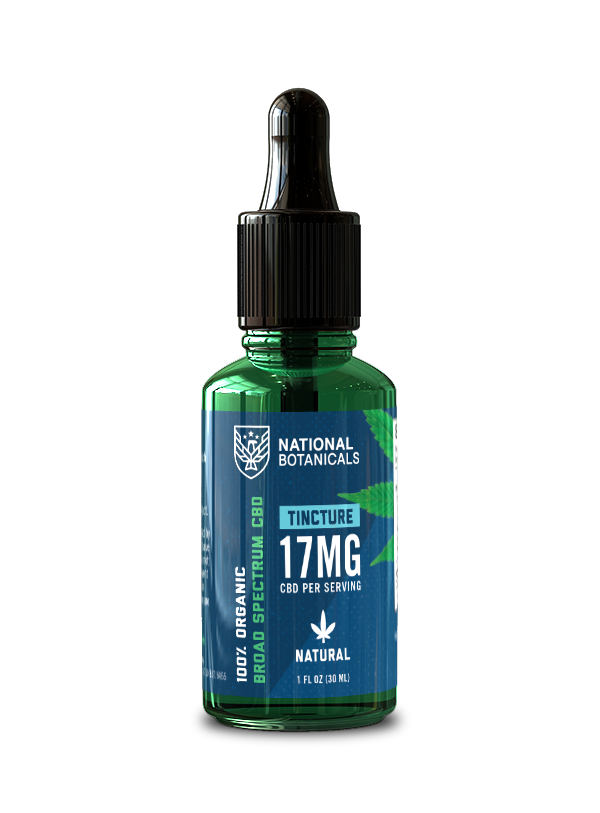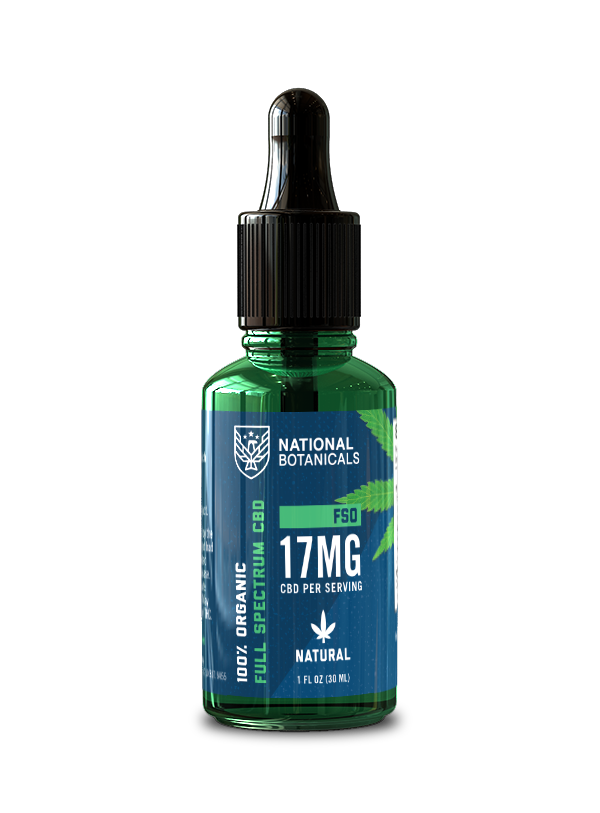Cannabinoids – A Medicine Long Before They Weren’t
According to the top military leaders, cannabis and its derivatives— cannabinoids, including CBD —are not suitable for active-duty members. After decades of stigmatization, misinformation, and research performed under the guise that consumption of cannabis is a pathology, our nation was beguiled into believing that Cannabis was a useless, if not evil, plant.
This couldn’t be further from the truth; Cannabis has diversified into a number of varieties that possess useful properties for the industrial realm as well as in health and wellness.
For example, hemp has proven successful in textiles, clothing, and building materials. Moreover, cannabinoid-rich varieties of Cannabis have proven to have significant pharmacological properties.
Let’s throwback to a time when Cannabis was recognized as a medicine in the United States, long before it wasn’t.
The Early Pharmaceutical Industry of the United States
In the early 17th century, people began to bring over hemp to the early colonies of what is now the United States. Jamestown was a prominent import point for hemp varieties and became a staple in much of early America’s farming community.
Of course, if hemp was coming from Europe, so was the information that surrounded it. Likely, well-read early-Americans knew about some of the medicinal powers of cannabinoids due to a book published on its potential. Nicholas Culpepper, who died in 1654, wrote in his book, The English Physitian (sic), that hemp-derived compounds were useful for but limited to:
- Pain and inflammation in the joints,
- Pain in the head,
- Pain related to gout, and
- Pain in the hips and sinew
In 2008, a paper published in the British Journal of Anaesthesia noted that Culpepper’s preparation of cannabis likely had little-to-no psychoactive effect. The plants with which he was preparing, had very low THC value, according to the authors of the paper.
That means the pharmacological effects Culpepper was citing at the time were likely due to the CBD content in his preparations. However, most references to hemp in early-American culture are to its use for fiber, not for its CBD content. George Washington and Thomas Jefferson are two famous Americans who kept meticulous records on their farming with clear evidence of their hemp cultivation. Whether they smoked the female flowers, however, remains a mystery.
Cannabinoid Medicine Goes International
Within a century of the establishment of the United States of America, William O’Shaughnessy, a noted surgeon in the British army, was returning to Great Britain from India. A 2015 report looked into his work and lauded his part in bringing cannabinoid medicine to the West.
In August of 1833, the paper pointed out, he joined the East India Company as a surgeon in the Bengal service. Later that decade, after his introduction to Cannabis via Indian culture, he would be publicly discussing its properties and how its potential use in medicine.
O’Shaughnessy’s work became extremely popular back home. Authors noted, “Indian hemp was little known to Europeans until it was brought prominently into notice by Dr. O’Shaughnessy of Calcutta in 1839.”
Then, in 1842, he wrote “the most comprehensive assessment of the properties of cannabis… to appear by the hand of a British Scientist during the entire period of colonial rule” according to page 41 of the Cannabis Britannica, a book by James H. Mills.
By that time, doctors had effectively driven medical cannabis into the mainstream of the West. French doctor, Jacques-Joseph Moreau had shown the world that medical cannabis was useful for things that could help veterans. For example, Moreau was able to identify medical cannabis as being able to assist with difficulty sleeping and headaches. He also showed its potential for things that fit a broader spectrum of people, such as a lack of appetite.
Moreover, a 2017 paper published in Pharmacy and Therapeutics pointed out that medical cannabis was described in the 1850 United States Pharmacopeia. For almost 90 years, the United States and its people knew well the value of medical cannabis. Likely more aware than most, the veterans of the time were using it for a variety of ailments.
The Confused Demonization of Cannabis
In 1906, President Roosevelt signed into law the Wiley Act. This act essentially required consumables to label what was in the bottle. Thus, the old-fashioned bottles you may have seen in photographs with descriptions of medical cannabis.
While the exact chemical makeup of the early cannabis medicines was not as precise as it is today, it’s likely physicians were utilizing the benefits of all the cannabinoids, including CBD. The love affair didn’t last, however.
In 1911, Maine officially outlawed cannabis, but it wasn’t until 1937 that cannabis prohibition officially began with the passage of the Marijuana Tax Act.
So, what happened in that time frame that took Cannabis from popular medicine to “demon drug”?
While federal criminalization of medical cannabis didn’t occur until late in the 1930s, governments set the framework not long prior in a series of events.
The Harrison Act of 1915 laid the groundwork for future drug regulation.
More states passed anti-Cannabis laws.
The League of Nations signed a multilateral treaty restricting cannabis consumption.
The UK fueled the fire of stigmatization with its “Dangerous Drugs Act.”
Henry Jacob Anslinger wrought control of the newly created Federal Bureau of Narcotics.
William Randolph Hearst, whose financial interests were under threat by the expansion of the hemp industry, spread insidious lies against cannabis in his many newspapers of the time.
Finally, Commissioner Anslinger’s Federal Bureau of Narcotics pushed politicians while Reefer Madness shifted public opinion.
It was then, in 1937, that the first cannabis dealer, Samuel R. Caldwell, was arrested in the United States. Since then, countless American lives have been devastated by the criminalization of a medicinal plant.
Thankfully, that seems to be changing.
Back to Reality; The Current Status of Cannabinoid Medicine
Though progress has been slow, the past several decades have pushed cannabinoids from completely taboo to the federal government recently legalizing a hemp-derived CBD medicine for two rare forms of epilepsy.
The science of Cannabis truly began in the 1960s when Dr. Raphael Mechoulam identified the cannabinoid, THC and began synthesizing the compound for medical research. Others in America sought to downplay however, and the country would later enact the Controlled Substances Act of 1970. The act stated that cannabis had “no accepted medical use.”
While cannabis had largely been counterculture through the 1960s and 70s, minds changed when the Netherlands decriminalized cannabis in 1976. Later that same year, the Supreme Court ruled that a patient’s medical cannabis was a “medical necessity.”
By 1978, the “compassionate use” program was allowing a handful of patients to legally consume medical-grade cannabinoids, and that same year, New Mexico passed the first state law recognizing the medical value of cannabis.
Throughout the 1980s, research slowly expanded as the pharmacological properties of cannabis were explored.
Marinol eventually made its way through enough trials to gain approval for distribution.
Scientists began mapping the endocannabinoid system and its components.
Localities, like San Francisco, started passing their own medical cannabis decriminalization initiatives.
California legalized medical cannabis against the wishes of the federal government.
Politicians, reports, and anecdotal evidence started snowballing and pushed public opinion back in favor of legalizing medical cannabis.
Now, we’re left with a public that largely supports legal cannabis and would be happy to see veterans and first responders getting the care they need.
Closing Thoughts
While the VA will not prevent veterans from gaining access to its programs, they do little to help them receive the care they desire.
Medical cannabis and the use of CBD has come along way in the past 100 years. Or rather, it looks more like it did back then, today!
Let’s hope that we’ll soon throwback to the day when every veteran and first responder can freely choose their medicine.
If this throwback to a time when medical cannabis laws were slightly more sensible was useful to you, please share it with your friends!
To learn more about CBD, visit our FAQ page.
